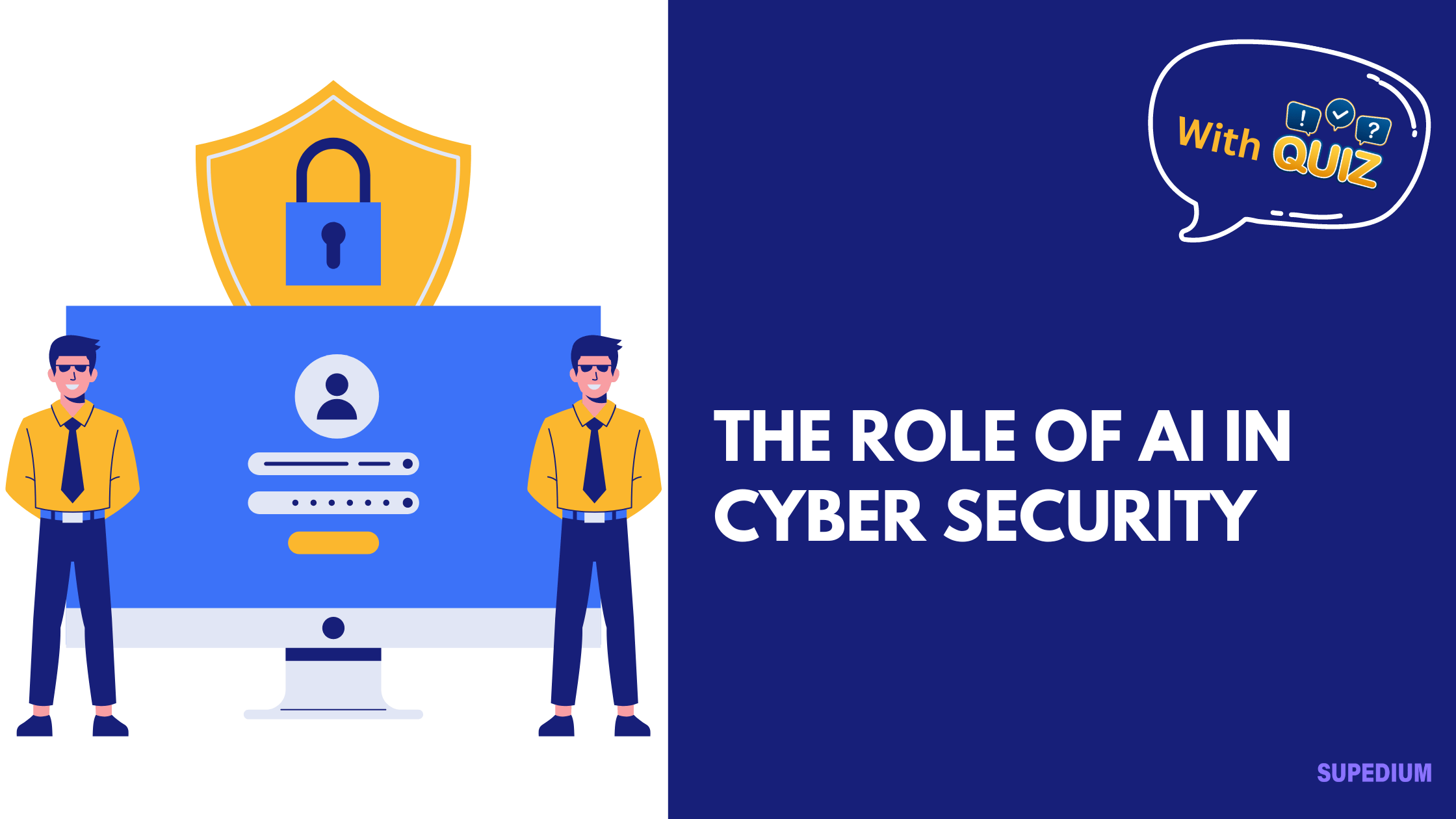Table of Contents
![]()
I. Introduction
In today’s digital landscape, cyber security has become paramount as organizations face a growing array of threats. Cyber security encompasses the practices and technologies used to protect networks, devices, and data from unauthorized access or damage. Concurrently, artificial intelligence (AI) has emerged as a transformative force in technology, providing innovative solutions across various fields. This article explores the significant role AI plays in enhancing cyber security, examining its capabilities, advantages, challenges, and future trends.
II. Understanding Cyber Security Threats
A. Types of Cyber Threats
Organizations today contend with multiple cyber threats, including:
- Malware: Malicious software designed to disrupt, damage, or gain unauthorized access to systems.
- Phishing: Deceptive tactics used to trick individuals into divulging sensitive information.
- Ransomware: A form of malware that encrypts a victim’s files, demanding payment for their release.
- Insider Threats: Risks posed by individuals within the organization who may misuse their access for malicious purposes.
B. Trends in Cyber Attacks
Cyber attacks are becoming increasingly sophisticated, with attackers continually evolving their tactics. Trends such as automated attacks, targeted phishing campaigns, and the exploitation of vulnerabilities in emerging technologies present significant challenges for cyber security professionals.
III. Role of AI in Cyber Security
A. Threat Detection and Prevention
AI plays a crucial role in enhancing threat detection and prevention strategies:
- Machine Learning Algorithms for Anomaly Detection: AI can analyze vast amounts of data to identify unusual patterns or behaviors that may indicate a potential threat.
- Real-Time Threat Intelligence: AI systems can process data from various sources to provide real-time updates on emerging threats, enabling proactive measures.
- Behavioral Analysis and User Activity Monitoring: AI can establish baseline behaviors for users and systems, allowing for quick detection of deviations that may signify a security incident.
B. Incident Response and Management
AI enhances incident response through:
- Automated Response Systems: AI can trigger immediate responses to detected threats, such as isolating affected systems or blocking malicious IP addresses.
- AI-Driven Forensic Analysis: Post-incident, AI tools can analyze data to determine the nature and impact of the breach, aiding in recovery efforts.
- Reduction of Response Time: By automating routine tasks, AI allows security teams to focus on more complex threats, reducing the overall response time.
C. Vulnerability Management
AI also assists in vulnerability management by:
- Identifying System Weaknesses: Machine learning can analyze systems to highlight potential vulnerabilities before they can be exploited.
- Predictive Analytics for Risk Assessment: AI tools can predict the likelihood of certain vulnerabilities being targeted, helping prioritize remediation efforts.
- Continuous Monitoring and Patch Management: AI systems can continuously scan for vulnerabilities and automate patch management processes, ensuring systems remain secure.
IV. Advantages of AI in Cyber Security
A. Enhanced Detection Capabilities
AI offers improved detection capabilities through:
- Pattern Recognition: AI algorithms can recognize patterns indicative of malicious activity, enabling faster identification of threats.
- Reduced False Positives: Advanced machine learning models help minimize false positives, allowing security teams to focus on genuine threats.
B. Efficiency and Automation
AI enhances operational efficiency by:
- Resource Allocation: By automating routine tasks, AI enables security teams to allocate resources more effectively to higher-priority issues.
- Operational Efficiency: AI systems can process and analyze data far quicker than human teams, allowing for more timely interventions.
C. Scalability
AI solutions provide scalability by:
- Adapting to Growing Data Volumes: As organizations generate more data, AI can scale to monitor and analyze this information without compromising performance.
- Flexibility in Deployment: AI technologies can be integrated across various platforms and environments, ensuring a consistent security posture.
V. Challenges and Limitations of AI in Cyber Security
A. Data Privacy Concerns
The use of AI in cyber security raises significant data privacy issues. Organizations must ensure that their AI systems do not inadvertently compromise sensitive data or violate regulations.
B. Dependence on Data Quality
AI systems rely heavily on data quality. Inaccurate or biased data can lead to poor decision-making and ineffective security measures.
C. Evasion Techniques by Cyber Criminals
Cyber criminals are increasingly using techniques to evade AI detection, including:
- Adversarial Attacks on AI Systems: Attackers can manipulate input data to mislead AI models, causing them to fail in identifying threats.
- Social Engineering Tactics: Even advanced AI systems can be tricked by human manipulation, highlighting the importance of human oversight.
D. Ethical Considerations
The deployment of AI in cyber security presents ethical challenges, such as:
- Bias in AI Algorithms: If training data is biased, AI systems may produce skewed results, leading to unfair treatment of certain user groups.
- Transparency and Accountability: Organizations must navigate the complexities of ensuring that AI decisions are transparent and accountable.
VI. Case Studies
A. Successful Implementation of AI in Cyber Security
Several organizations have successfully integrated AI into their cyber security frameworks. For instance, companies leveraging AI for threat detection have reported significant reductions in breach incidents, showcasing the technology’s effectiveness.
B. Lessons Learned from AI Failures
Conversely, there have been instances where reliance on AI led to significant breaches due to miscalculations or incorrect data. Analyzing these failures provides valuable insights into the limitations and necessary safeguards when implementing AI solutions.
VII. Future Trends in AI and Cyber Security
A. Integration with Other Technologies
The future of AI in cyber security will likely see increased integration with other technologies, such as:
- AI and Blockchain: Leveraging blockchain for data integrity while using AI for threat detection can create robust security solutions.
- AI and IoT Security: As IoT devices proliferate, AI will be critical in managing the unique security challenges they present.
B. Evolving AI Techniques
Future advancements in AI techniques, such as deep learning and predictive analytics, will continue to enhance the capabilities of cyber security measures.
C. Regulatory and Compliance Considerations
As AI technologies evolve, so too will regulatory frameworks. Organizations must stay informed of emerging regulations and best practices to ensure compliance while adopting AI-driven solutions.
VIII. Conclusion
AI is reshaping the landscape of cyber security, offering powerful tools to detect, prevent, and respond to threats more efficiently. However, as with any technology, it presents challenges that must be carefully managed. By embracing AI while being mindful of its limitations, organizations can significantly bolster their cyber security postures, paving the way for a safer digital future.






Be the first to comment